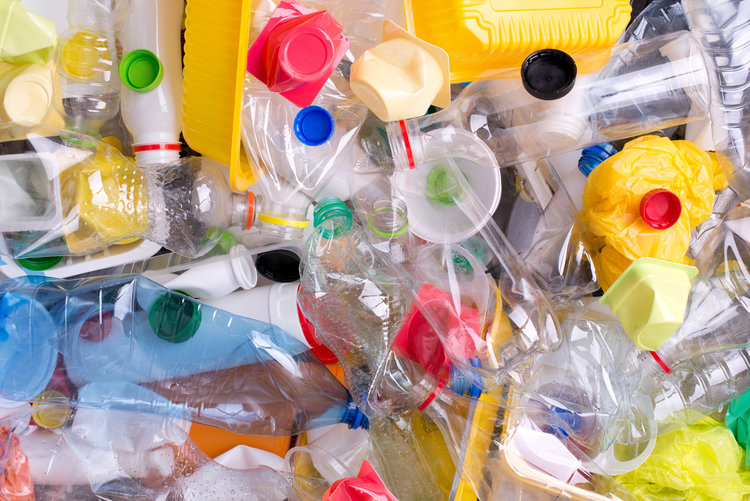
The world is currently being flooded with millions of tonnes of new plastic every year. The availability of cheap natural gas has accelerated production to over 330 million tonnes annually, a figure that is expected to double over the next 20 years.((Ellen MacArthur Foundation, The new plastics economy: Rethinking the future of plastics & catalyzing action, (2017) https://emf.thirdlight.com/link/cap0qk3wwwk0-l3727v/@/preview/2)) Most commonly, this mass of plastic is used for a single, short-lived purpose, before ending up in landfills or open dumps, being littered on land or in the ocean, burned and turned into air pollution, or degraded into tiny microplastics that turn up in the tissue of living organisms ranging from fish to humans.((Ellen MacArthur Foundation, The new plastics economy: Rethinking the future of plastics & catalyzing action, (2017) https://emf.thirdlight.com/link/cap0qk3wwwk0-l3727v/@/preview/2))
The most well-known impact of this plastic waste is perhaps its effect on animals in the open environment, and particularly marine environments, where large plastic waste like soda rings and plastic bags tangle and suffocate animals, and smaller pieces kill animals that eat too much of it.((Oceana, Choked, strangled drowned: The plastic crisis unfolding in our oceans, (2020) https://usa.oceana.org/wp-content/uploads/sites/4/2020/11/25/report_single_pagesdoi_choked_strangled_drowned_final.pdf))
But the impacts of plastic waste don’t stop there.
Exposure to plastic materials and additives like phthalates and bisphenol-A (BPA) has been linked to developmental problems, reproductive disorders, endocrine system disruption, and cancers in animals and humans.((CIEL, Plastic and health: The hidden cost of a plastic planet, (2019) https://www.ciel.org/wp-content/uploads/2019/02/Plastic-and-Health-The-Hidden-Costs-of-a-Plastic-Planet-February-2019.pdf)) Microplastics – microscopic plastic particles that are formed as plastic products degrade – are of particular concern. Their small size makes them able to spread everywhere, and microplastics have been found in the digestive tracts of fish, in tap water in the US, and even in human placentas.
Beyond affecting animal and human health, this buildup of plastic waste worldwide damages livelihoods that depend on tourism, fishing, and agriculture,((UNEP, Neglected: The environmental justice impacts of marine litter and plastic pollution, (2021) https://www.unep.org/resources/report/neglected-environmental-justice-impacts-marine-litter-and-plastic-pollution)) with estimated annual negative economic impacts of over $40B from plastic packaging alone.((Ellen MacArthur Foundation, The new plastics economy: Rethinking the future of plastics & catalyzing action, (2017) https://emf.thirdlight.com/link/cap0qk3wwwk0-l3727v/@/preview/2)) Plastic’s indirect impacts, including those on climate and human health, are just as pressing. Plastic production is highly carbon-intensive, requiring energy inputs at every stage of its life, from the drilling of fossil fuel inputs to the common end treatment of incineration, and plastic is projected to account for as much as 20% of oil use by 2050. It is also highly polluting, contributing to asthma, heart disease, and cancer rates in the communities living near drilling sites, manufacturing plants, and waste incinerators.((UNEP, Neglected: The environmental justice impacts of marine litter and plastic pollution, (2021) https://www.unep.org/resources/report/neglected-environmental-justice-impacts-marine-litter-and-plastic-pollution))
Plastic is threatening ecosystems, livelihoods, human health, and climate stability worldwide, and something must be done to stem the tide of plastic production.
This website offers explanations and analyses of a number of proposed solutions meant to help solve the plastic crisis, but which often fall short. Only technologies and practices that help reduce plastic waste production, minimize the need for new plastic production, or improve waste collection rates should be part of the global strategy to address plastic waste.